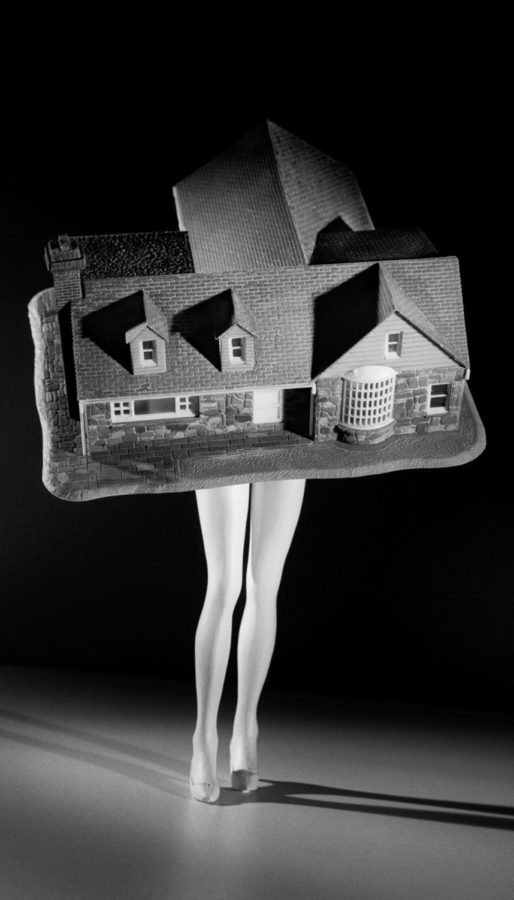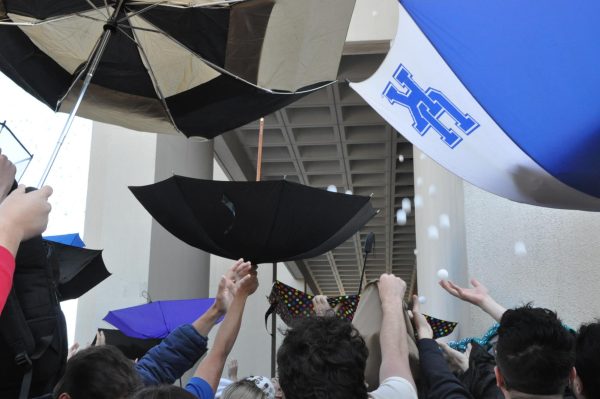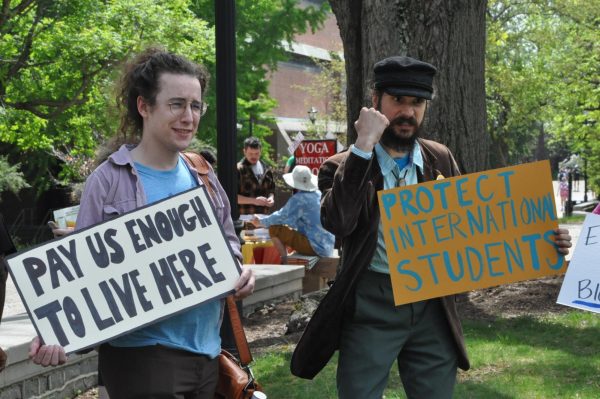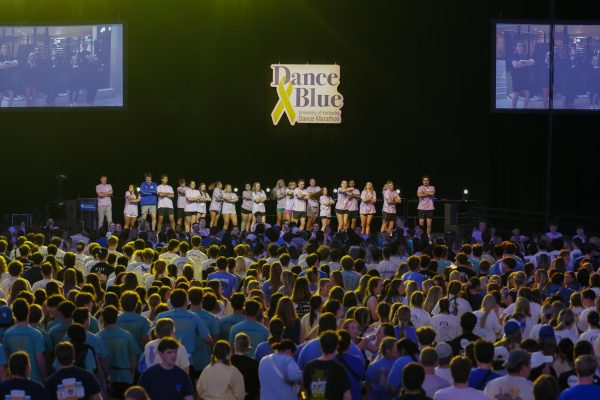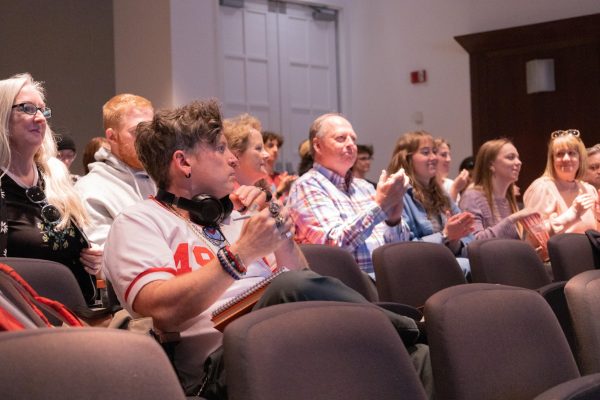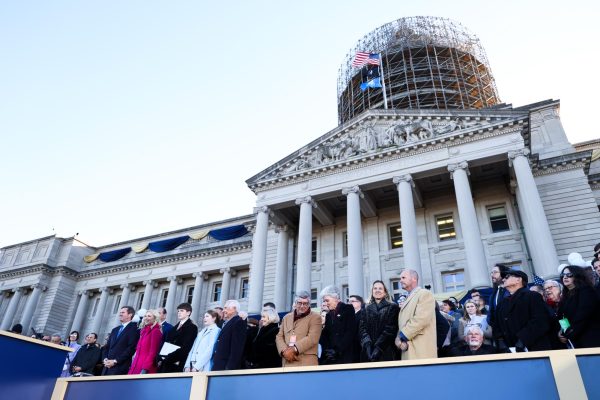International collection coming to UK Art Museum
January 16, 2016
Open House, a new exhibition at the UK Art Museum, will open Saturday, featuring an international collection of work relating to the themes of home and domestic life.
The selections, part of a collection by John and Sue Wieland, will be on display until April 3. The exhibition will include a variety of mediums, including photography, paintings and prints.
John Wieland is a home builder in Atlanta, and he and his wife collect pieces from a diverse group of artists relating to the home and the ideas surrounding it.
Included is work ranging from blueprints of the Flintstone home to Louise Bourgeois’ take on the treatment of women in the home, and even prints featuring famous actors Philip Seymour Hoffman and Julianne Moore.
“It’s really an accessible subject, so even though there are a lot of nuances, you can immediately walk in and relate to it,” curator Janie Welker said. “When you think about it psychologically, your surroundings affect you so much.”
The collection was chosen as a result of Art Museum Director Stuart Horodner’s acquaintance with the Wielands and their collection in the past.
“This was a case where it was a personal relationship and sometimes it comes down to people that he’s worked with, people whose art he was aware of,” Welker said. “We wanted to present a strong, contemporary program and we were looking for something that we felt would have resonance within the university community.”
The UK Art Museum is open Tuesday through Thursday from 10 a.m. to 5 p.m., Friday from 10 a.m. to 8 p.m., and Saturday through Sunday from 12 to 5 p.m.
Admission to the museum, located inside the Singletary Center for the Arts, is free.
Blue Madness, an exhibition featuring Bill Adam’s drawings of animals in ballpoint pen, will also run Jan. 23 to April 3. Welker encourages students and others who may be skeptical to still come to view the new exhibitions, even if they are somewhat put off by the idea of looking at and understanding art.
“They think that they’re not going to be able to understand it, like it’s gonna be some crazy thing and they’re gonna come in and be like, ‘What the heck is this?,’” Welker said. “I think that when people come in and look at something and start thinking about it frequently, they really key into it.”












































































































































